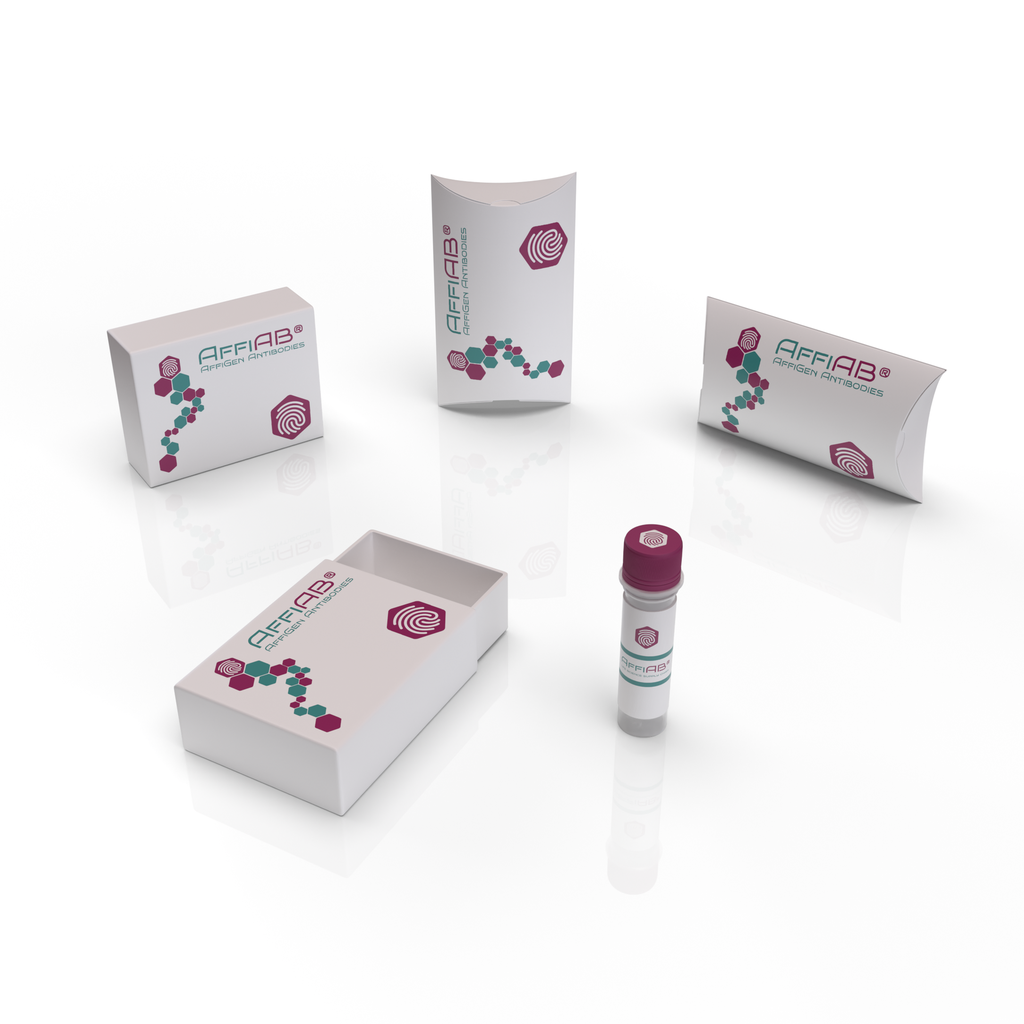Available Sizes: 50 μg, 500 μg, 1 mg.
Background
CD40 is a 48 kD type I transmembrane glycoprotein also known as Bp50. It is a member of the tumor necrosis factor receptor (TNFR) superfamily and is expressed on B cells, basal epithelial cells, macrophages, follicular dendritic cells, endothelial cells and a subset of CD34+ hematopoietic progenitors. CD40 regulates B cell development/maturation, Ig isotype switching and, in combination with other signals such as IL-4, protects B cells from surface Ig-induced apoptosis and promotes proliferation. Interaction of CD40 with its ligand CD154 (gp39), which is expressed on activated T cells, is important in costimulation and immune regulation.
Host
Rat.
Species Reactivity
Mouse.
Synonyms
Tumor necrosis factor receptor superfamily member 5, Cd40, B-cell surface Antigen CD40, Bp50, CD40L receptor, CD40, Tnfrsf5.
Conjugation
None (Purified Antibody-Azide Free/Low endotoxin).
Isotype
Rat IgG2a, κ.
Applications
FCM.
Concentration
0.5 mg/mL.
Buffer
0.2 μm filtered in PBS, pH7. 2. Azide Free (AF) /Low Endotoxin (LE): Contains no stabilizers or preservatives. Endotoxin level is less than 2 EU/mg as Determined by LAL gel clotting assay.
Storage Conditions
Store at 2~8°C. Do not freeze.
Gene-ID
21939.
